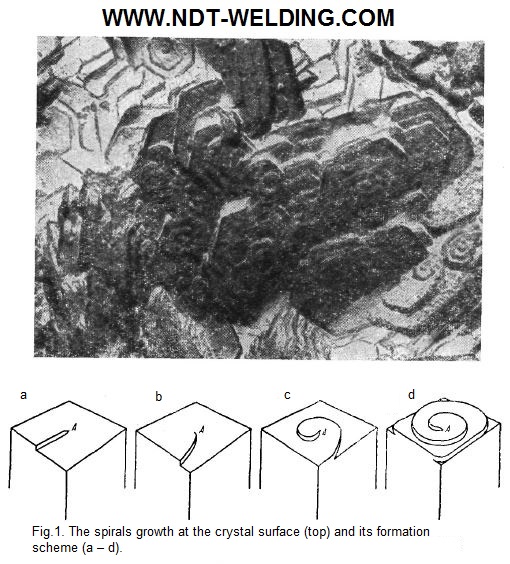The polymorphic metals atomic packing provide the minimum value of the free energy potential in some circumstances and become unstable in others circumstances. In this case at the temperature and pressure change there is a polymorphic transformation. The modifications of polymorphic metal passing one into another with increasing temperature, designated by the α, β, γ and δ letters.
Fig. 1 shows the phase-rule diagrams and changes of the free energy potential of Continue reading →


